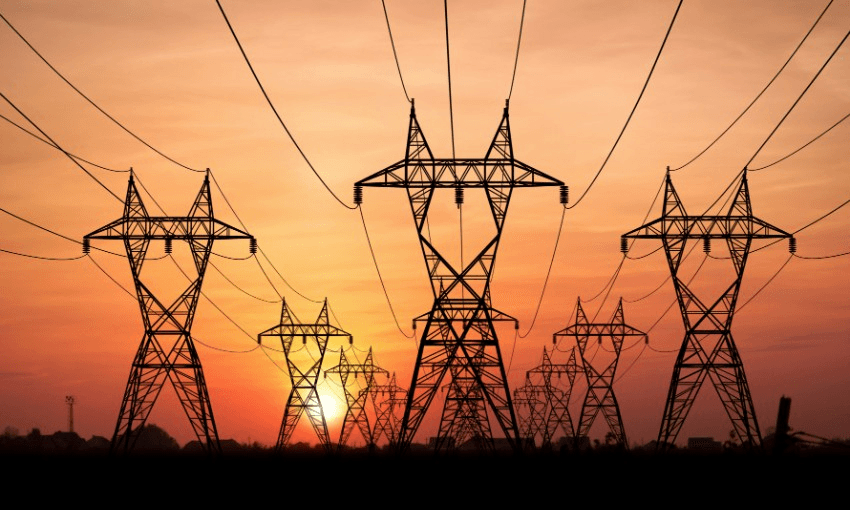It’s no secret that New Zealand’s Covid-19 response was one of the world’s most effective. But to get an idea of how eagerly parts of our economy have rebounded post lockdown, take a look at our electricity demand data.
Despite an impending wave of unemployment and looming fiscal challenges down the road, New Zealand’s economy has performed surprisingly well in the months following level four lockdown. June retail spending was up 8% on the year before, credit and debit card spending has surged, and our exports continue to trend near their 2019 levels.
It’s an uplift in activity that has impressed economists, even if much of it may be a sugar rush of pent-up demand that will eventually fizzle out. But to truly get an idea of the effectiveness of New Zealand’s lockdown and the zeal with which the economy has rebounded relative to other countries, our electricity consumption data paints a telling picture.
Courtesy of Aloys Nghiem, wholesale market analyst at Mercury, these graphs show the fluctuating demand for electricity across multiple countries as each of them battled their own pandemics. The first graph uses WHO data to establish pandemic status in a range of countries.
Using data coded and sourced from electricity transmission operators from a dozen countries across Europe, America and the Asia Pacific region, the below graph shows how each country’s electricity demand changed after it hit 100 Covid-19 cases and in the days following.
Across the board, it shows that the spread of Covid-19 precipitates a drop in electricity demand, as economies begin to shut down and enter various forms of lockdown. While New Zealand’s drop is instant and severe – indicative of the totality of our response, which began even before 100 cases were reached – other countries such as France are more delayed, taking several days for an effect to register before plummeting and hovering at around 65% over the following months.
Of course it should be expected that a country’s economy – and therefore demand for electricity – would contract as Covid-19 cases rise. What is surprising, however, is the rate at which each country’s demand increases depending on its Covid-19 response.
Of all the countries, New Zealand’s electricity demand has surged back to pre-Covid levels the fastest. While Australia’s demand is not far behind, the lockdown across the Tasman was not as restrictive so did not cause such a major fall in the first place. Likewise in Taiwan, which had very low Covid-19 cases relative to other countries, the fluctuation in electricity demand was minimal and has sustained a normal level of demand.
Of course, seasonal elements must be factored into this data. After all, the northern hemisphere will be turning off its heaters while we’ll be turning them on. While graph architect Nghiem acknowledges this, he says the size and duration of drop in electricity demand in European countries is beyond what a normal seasonal adjustment would entail. In other words, the fluctuations are so vast they’re unlikely to be a result of domestic energy use and more to do with manufacturing, business and industry – key components of economies’ performance.
There’s also the issue of energy mix. The United States, for instance, is a massive user of natural gas. Therefore its reliance on electricity and the drop in demand is not as significant, despite it having one of the worst Covid-19 responses and highest number of cases. The below graph captures drop in demand vs pandemic intensity and shows the US as a clear outlier.
This would also explain why European countries, most of which rely on a higher proportion of renewable energy, show such a massive and enduring fall in demand. According to Nghiem, this is epitomised by France, whose extensive electric transport system would have been almost entirely shut down as lockdown was enforced. Similarly in Italy, which was the first in Europe to be struck by Covid-19, a rise in cases caused a massive and sustained drop in electricity demand as large parts of the industry- and manufacturing-intensive country went into lockdown.
